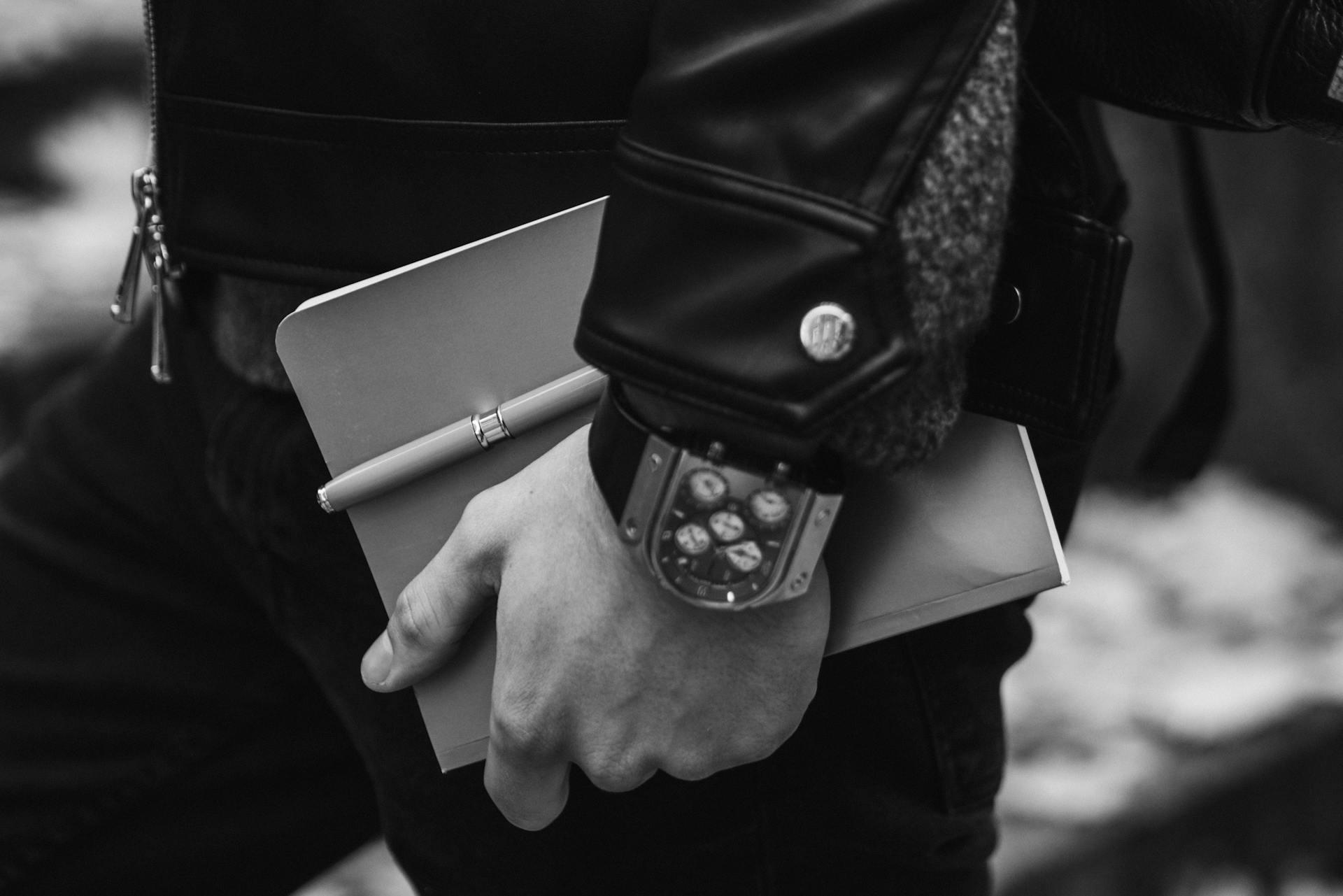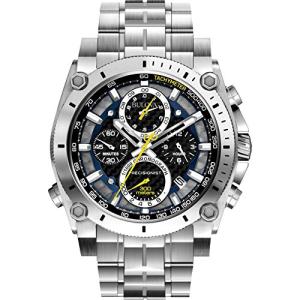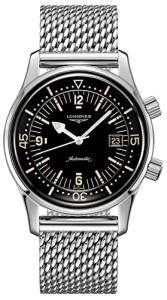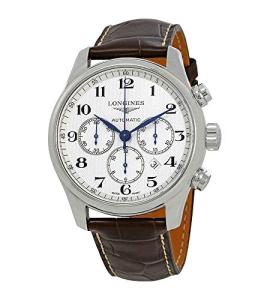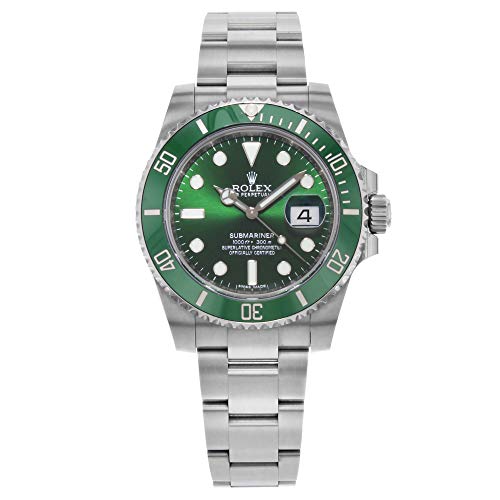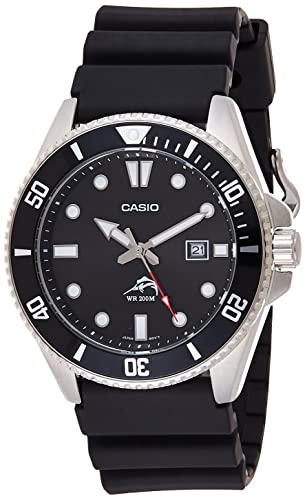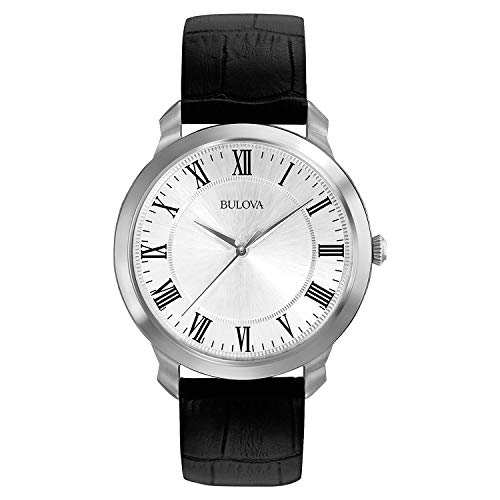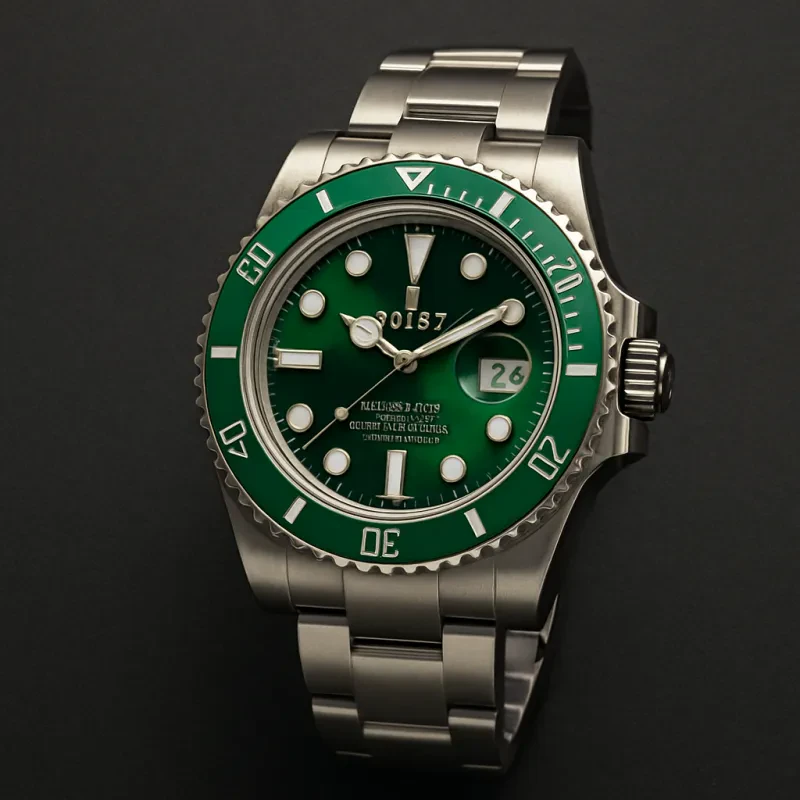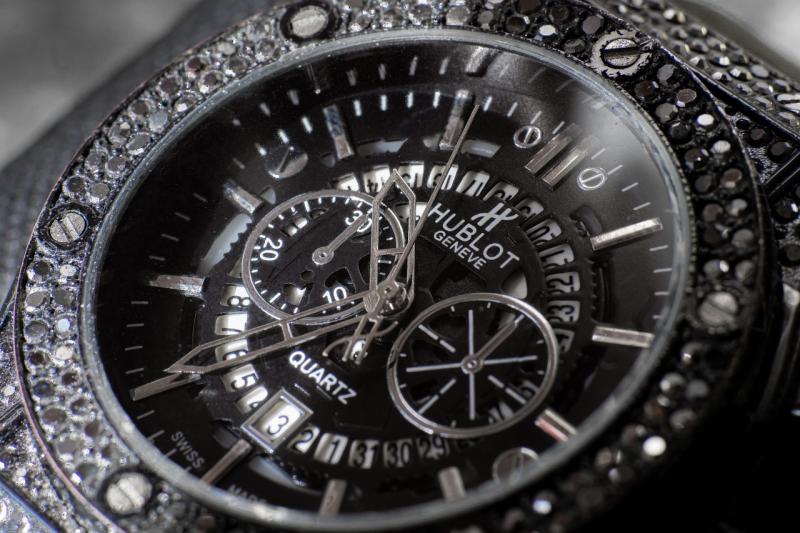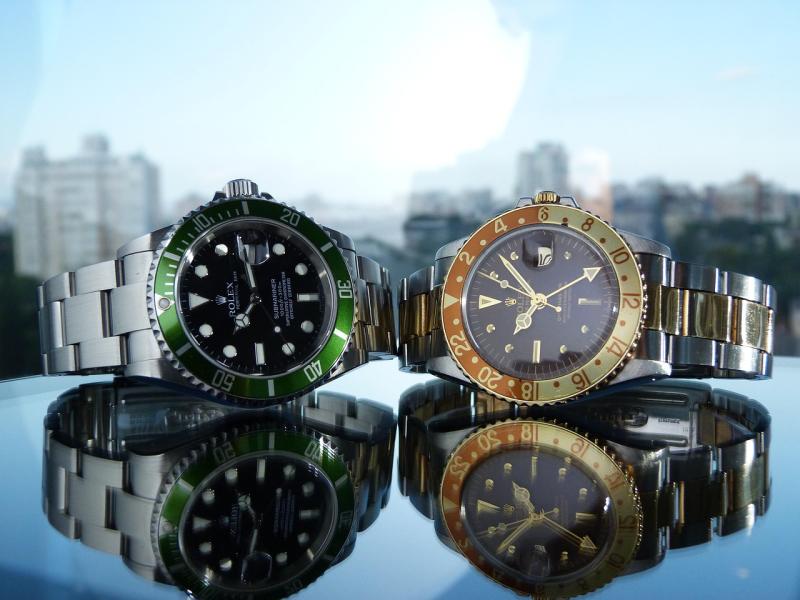Welcome to your one-stop shop for amazing watches! Whether you're searching for a sleek timepiece for everyday wear or a statement watch for those special occasions, we've got you covered. Our collection features a variety of styles, from classic to trendy. Each watch is designed to fit your lifestyle and help you make a lasting impression. You'll find options that suit every occasion and personality.
Shopping for a watch should be fun and easy. That's why we offer a range of brands, colors, and price points. Check out our selection of sporty watches, elegant dress watches, and everything in between. Each piece is chosen for its quality and style, so you can trust you're making a smart choice. Plus, with our hassle-free returns and fast shipping, you can shop with confidence. Dive in and discover your perfect watch today!
